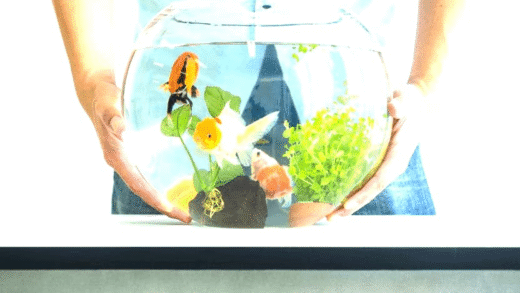This guide covers essential aspects of hermit crab care, including feeding, habitat requirements, and health indicators. Key points include the importance of a balanced diet, ideal environmental conditions, and how to recognize a healthy crab. Caring for molting crabs is also discussed, emphasizing the need for humidity and minimal disturbance during this vulnerable period.
Feeding Your Hermit Crab: What Do They Eat?
Hermit crab care begins with understanding what do hermit crabs eat. These fascinating creatures are omnivorous, meaning they enjoy a varied diet that includes both plant and animal matter. A well-balanced diet is crucial for their health and well-being.
Here are some essential food options for hermit crabs:
- Commercial Hermit Crab Food: Specially formulated pellets or flakes provide a balanced diet.
- Fresh Fruits: Apples, bananas, and berries can be offered as treats. Ensure they are chopped into small pieces.
- Vegetables: Leafy greens like spinach and kale, along with carrots and zucchini, are nutritious options.
- Protein Sources: Small amounts of cooked chicken, fish, or eggs can boost protein intake.
- Calcium Sources: Cuttlebone or crushed eggshells are vital for shell health.
How often should I feed my hermit crab? It’s recommended to provide food daily, but avoid overfeeding. Remove uneaten food to prevent mold and maintain hygiene. A varied diet will not only keep your crab healthy but also stimulate their natural foraging behavior.
Remember, introducing new foods gradually helps to avoid digestive upset. Observing your hermit crab’s reaction to different foods can also guide you in providing the best diet tailored to their preferences. By ensuring proper nutrition, you’ll contribute significantly to their longevity and happiness.
Creating the Perfect Habitat: Temperature and Humidity Needs
Hermit crab care heavily relies on creating the perfect habitat, particularly focusing on temperature and humidity. These little creatures thrive in warm, humid environments that mimic their natural tropical habitats.
The ideal temperature for hermit crabs ranges between 75°F to 85°F (24°C to 29°C). Keeping the temperature consistent is crucial for their metabolism and overall health. Here are some tips for maintaining the right temperature:
- Use a Thermometer: Regularly check the temperature inside the habitat to ensure it remains within the optimal range.
- Heat Sources: Consider using heat mats or lamps designed for reptiles. Place them on one side of the tank to create a temperature gradient.
- Avoid Direct Sunlight: Keep the habitat away from direct sunlight to prevent overheating.
Humidity is another critical factor in hermit crab care. The ideal humidity level is between 70% to 80%. Here’s how to maintain proper humidity:
- Use a Hygrometer: This device helps monitor humidity levels accurately.
- Water Dishes: Provide shallow dishes of fresh and saltwater. The evaporation from these dishes can help increase humidity.
- Substrate: Use a suitable substrate like coconut fiber or play sand, which can retain moisture effectively.
Regularly misting the tank with dechlorinated water can also boost humidity levels. It’s essential to strike a balance, as too much humidity can lead to mold and other health issues.
In summary, maintaining proper temperature and humidity is vital for hermit crabs’ health and happiness. By monitoring these environmental factors closely, you’ll ensure a thriving habitat for your little companions.
Signs of a Healthy Crab and Caring for Molting Crabs
When it comes to hermit crab care, recognizing signs of a healthy crab is essential. A thriving hermit crab will display several key characteristics. Firstly, look for active behavior; a healthy crab is often seen exploring its habitat, climbing, and interacting with its environment. Additionally, the shell should be clean and free from debris. A good shell fit is also important; the crab should not be too cramped or too loose in its shell.
Another sign of health is the crab’s coloration. Healthy hermit crabs typically have a vibrant color, whether it’s shades of brown, orange, or even blue, depending on the species. Check for any signs of lethargy or unusual hiding behavior, as these can indicate stress or illness.
Now, caring for molting hermit crabs requires special attention. Molting is a natural process where crabs shed their old exoskeleton to grow. During this time, they become vulnerable and may hide for several days to weeks. Here are some tips for supporting a molting hermit crab:
- Maintain Humidity: Ensure the humidity remains high, as this aids in the molting process. Misting the habitat regularly can help.
- Avoid Disturbance: Do not disturb the crab while it’s molting. This can stress the crab and hinder the molting process.
- Provide Calcium: Ensure that calcium sources like cuttlebone or crushed eggshells are available, as they are crucial for forming the new exoskeleton.
Observing these signs and providing appropriate care during molting will significantly enhance your hermit crab’s health and longevity. By understanding hermit crab behavior and needs, you can ensure a happy and thriving environment for your little friend.





Comments are closed.